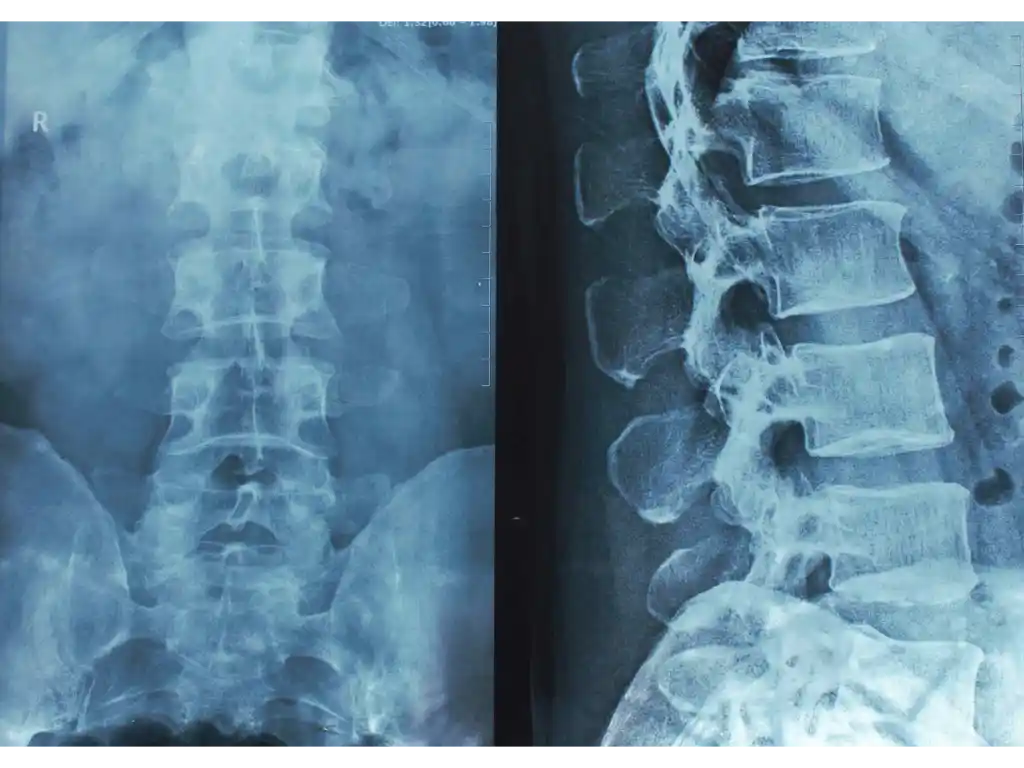
Spinal Cord Injury with Tetraplegia in Young Persons After Diving Into Shallow Water: What has Changed in the Past 10 to 15 Years?
Over the past 30 years, advocates and policy makers started prevention programs to inform people of the high risk of spinal cord injuries (SCI) from diving into shallow water, defined as less than five feet deep. An estimated 80% of shallow diving cases result in SCI, and a significant portion result in quadriplegia (loss of motor function below the upper back or neck). The ThinkFirst program, started in the 1980s, effectively reduced these cases from seven persons a year to only two.
The ThinkFirst program originally targeted the highest risk population for SCI due to shallow diving, which were young males (aged 22 to 28) under the influence of alcohol. However, little research had been done in the past few decades to determine if the program was still effective, if the risk factors were still the same, and if there were still high rates of quadriplegia.
To revisit previous findings, a research team analyzed all SCI cases resulted from shallow diving from June 2001 to June 2019 seen in a specialty healthcare center. They found that:
- Incidence rate of SCI from shallow diving has remined unchanged since the 1980s.
- Young men between 22 and 28 were still the highest risk population; out of 60 cases, 59 were male.
- Alcohol use also remained a risk factor, seen in almost half (41.7%) of cases.
- Summer, specifically between May and September, was the most common season for injury occurrence.
- Of quadriplegic cases, more than half (55%) were complete injuries, meaning a complete loss of motor and sensory function below injury. Cases of incomplete quadriplegia had higher rates of improved conditions.
- Surgical treatment within 24 hours of admission lowered the severity of quadriplegia.
- In-hospital complications were common (86.7%), especially in those with complete quadriplegia.
- Prehospital complications were also common, such as aspiration (71.7%), intubation (40%), coma (38.3%), and CPR (16.7%).
Because there have been few changes in occurrence, risk factors, and outcomes of SCI from shallow diving in the past 10 to 15 years, more accessible public health education and prevention programs are needed—especially those geared towards young men. Messaging should include a definition of shallow water diving, and focus on the significant risk of diving in shallow water, potential complications during hospitalization, and potential for irreversible disability.
Ull C, Yilmaz E, Jansen O, et al. Spinal cord injury with tetraplegia in young persons after diving into shallow water: What has changed in the past 10 to 15 years? Global Spine Journal. (September 2020).
Ask A Question,
Tell Us Your Situation, &
Get A Free Consultation
Contact Us & We’ll Guide You Through Your
Next Steps!
Required Fields*
Your Information Is Safe With Us.
We respect your privacy. The information you provide will be used to answer your question or to schedule an appointment if requested.
Spinal Cord Injury with Tetraplegia in Young Persons After Diving Into Shallow Water: What has Changed in the Past 10 to 15 Years?

Over the past 30 years, advocates and policy makers started prevention programs to inform people of the high risk of spinal cord injuries (SCI) from diving into shallow water, defined as less than five feet deep. An estimated 80% of shallow diving cases result in SCI, and a significant portion result in quadriplegia (loss of motor function below the upper back or neck). The ThinkFirst program, started in the 1980s, effectively reduced these cases from seven persons a year to only two.
The ThinkFirst program originally targeted the highest risk population for SCI due to shallow diving, which were young males (aged 22 to 28) under the influence of alcohol. However, little research had been done in the past few decades to determine if the program was still effective, if the risk factors were still the same, and if there were still high rates of quadriplegia.
To revisit previous findings, a research team analyzed all SCI cases resulted from shallow diving from June 2001 to June 2019 seen in a specialty healthcare center. They found that:
- Incidence rate of SCI from shallow diving has remined unchanged since the 1980s.
- Young men between 22 and 28 were still the highest risk population; out of 60 cases, 59 were male.
- Alcohol use also remained a risk factor, seen in almost half (41.7%) of cases.
- Summer, specifically between May and September, was the most common season for injury occurrence.
- Of quadriplegic cases, more than half (55%) were complete injuries, meaning a complete loss of motor and sensory function below injury. Cases of incomplete quadriplegia had higher rates of improved conditions.
- Surgical treatment within 24 hours of admission lowered the severity of quadriplegia.
- In-hospital complications were common (86.7%), especially in those with complete quadriplegia.
- Prehospital complications were also common, such as aspiration (71.7%), intubation (40%), coma (38.3%), and CPR (16.7%).
Because there have been few changes in occurrence, risk factors, and outcomes of SCI from shallow diving in the past 10 to 15 years, more accessible public health education and prevention programs are needed—especially those geared towards young men. Messaging should include a definition of shallow water diving, and focus on the significant risk of diving in shallow water, potential complications during hospitalization, and potential for irreversible disability.
Ull C, Yilmaz E, Jansen O, et al. Spinal cord injury with tetraplegia in young persons after diving into shallow water: What has changed in the past 10 to 15 years? Global Spine Journal. (September 2020).
Post tags
Table of contents
Related Blog Posts

Suicide Is a Common Cause of Death After Spinal Cord Injury
A new study from the Czech Republic analyzed medical records from 990 SCI patients who were admitted to the Spinal Cord Unit at the University Hospital Motol between 2004 to 2018.

Respirator Dependence Is Associated with Higher Mortality After Cervical Spinal Cord Injury
Spinal cord injury (SCI) can occur in any area of the spine, which is typically divided into three regions: Cervical: The neck Thoracic: The upper back Lumbar: The lower back In most cases, SCI-related motor…

Causes of traumatic spinal cord injury vary substantially by age.
Traumatic spinal cord injury (SCI) is a devastating, permanent condition that often results in partial or total loss of motor function in some or all of the limbs. Importantly, most injuries that lead to SCI—such…

